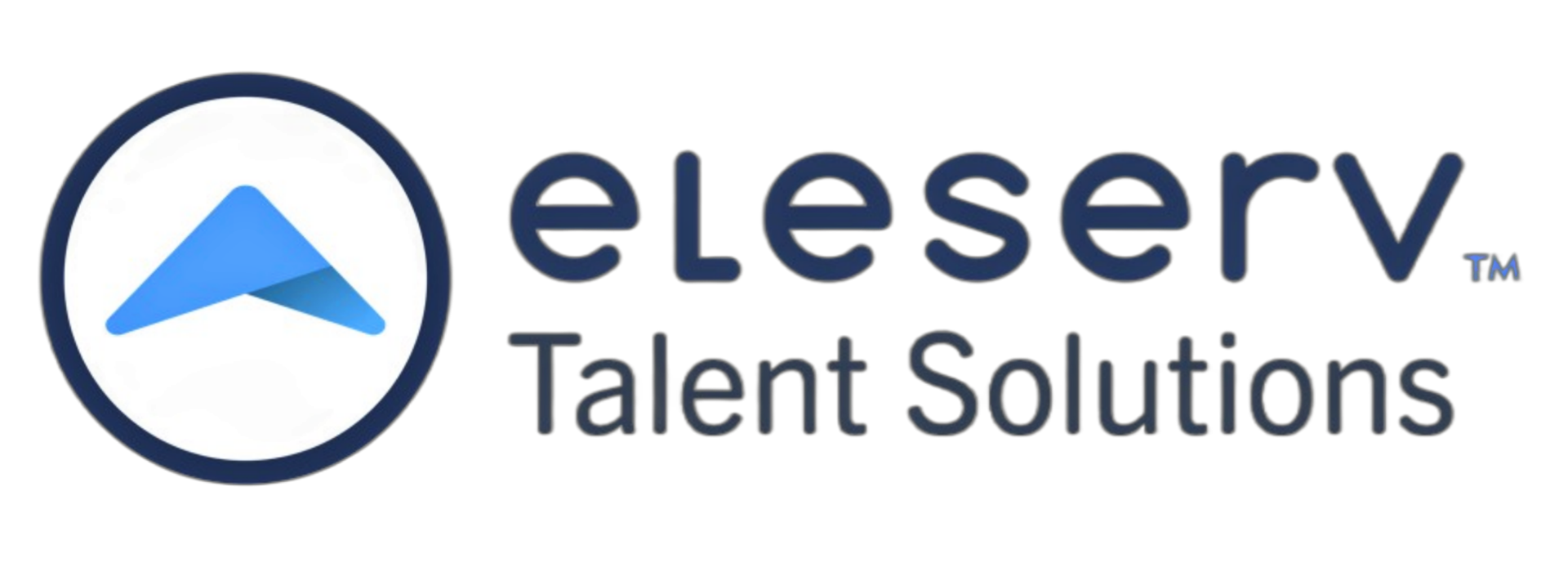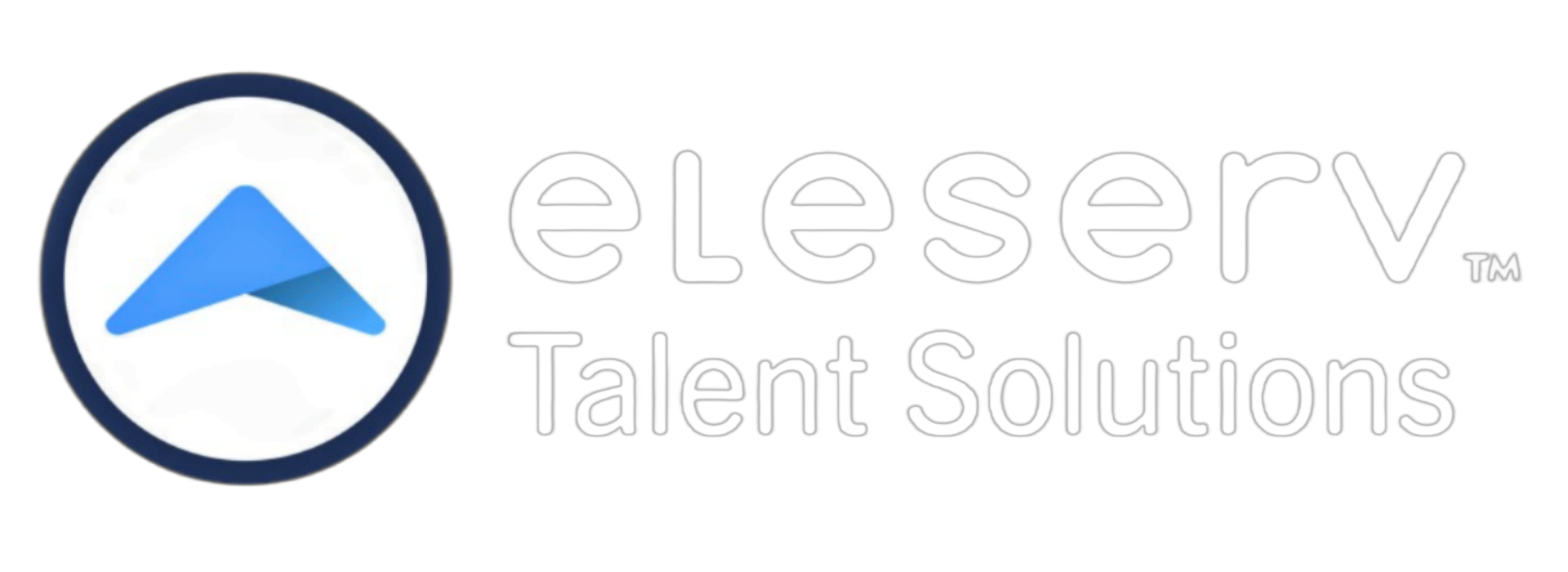Workforce Planning in the Skills Economy: A Strategy for HR Leaders
The Skills Economy is Here
The global job market is shifting at an unprecedented pace. A World Economic Forum report states that 50% of all employees will require reskilling by 2025. Meanwhile, 75% of HR leaders say they struggle to find talent with the right skills.
Yet, despite these warnings, most companies are still using outdated workforce planning models that focus on job roles rather than skills. The key to staying competitive? A skills-first approach.
Why Traditional Workforce Planning is Failing
Problem #1: The Static Job Description
Most organizations plan their workforce based on predefined job descriptions. However, these fail to account for changing skill demands.
Problem #2: The Talent Shortage Myth
HR leaders often believe there’s a talent shortage when they are overlooking internal talent who can be reskilled or upskilled.
Problem #3: The Cost of External Hiring
• The average cost per hire is $4,700, according to SHRM.
• External hires take 12-18 months to reach full productivity.
“In today’s fast-changing world, companies need dynamic workforce planning, not static job descriptions,” says Josh Bersin, HR industry analyst.
A Skills-Based Framework for Workforce Planning
To stay ahead, HR leaders must rethink workforce planning with these core strategies:
- 1. Conduct a Skills Map
Assess the existing skills of employees and identify future business needs. - 2. Implement a Skills Taxonomy
Develop a standardized framework to categorize and measure workforce capabilities. - 3. Focus on Internal Mobility
Create career pathways that encourage employees to reskill and advance within the organization. - 4. Use Data for Skills Matching
Leverage real-time analytics to match people to roles, projects, or promotions based on verified skills—not just job titles. SkillDirector helps you make smarter, data-backed talent decisions.
Reskilling for the Future at Amazon
In 2019, Amazon launched a $700M reskilling initiative to prepare employees for high-demand technical roles. The program resulted in:
• Lower turnover rates
• Increased internal mobility
• A future-ready workforce equipped for digital transformation
HR’s New Mandate – Build, Don’t Buy Talent
The future of HR isn’t about hiring; it’s about making better use of existing talent.
To remain competitive, HR leaders must:
- • Move from role-based hiring to skills-based workforce planning
- • Prioritize continuous learning and internal mobility
- • Utilize data for Matching Skills
Organizations that fail to adapt risk falling behind in the talent race. The best time to start building a skills-first workforce? Yesterday. The second-best time? Today.


